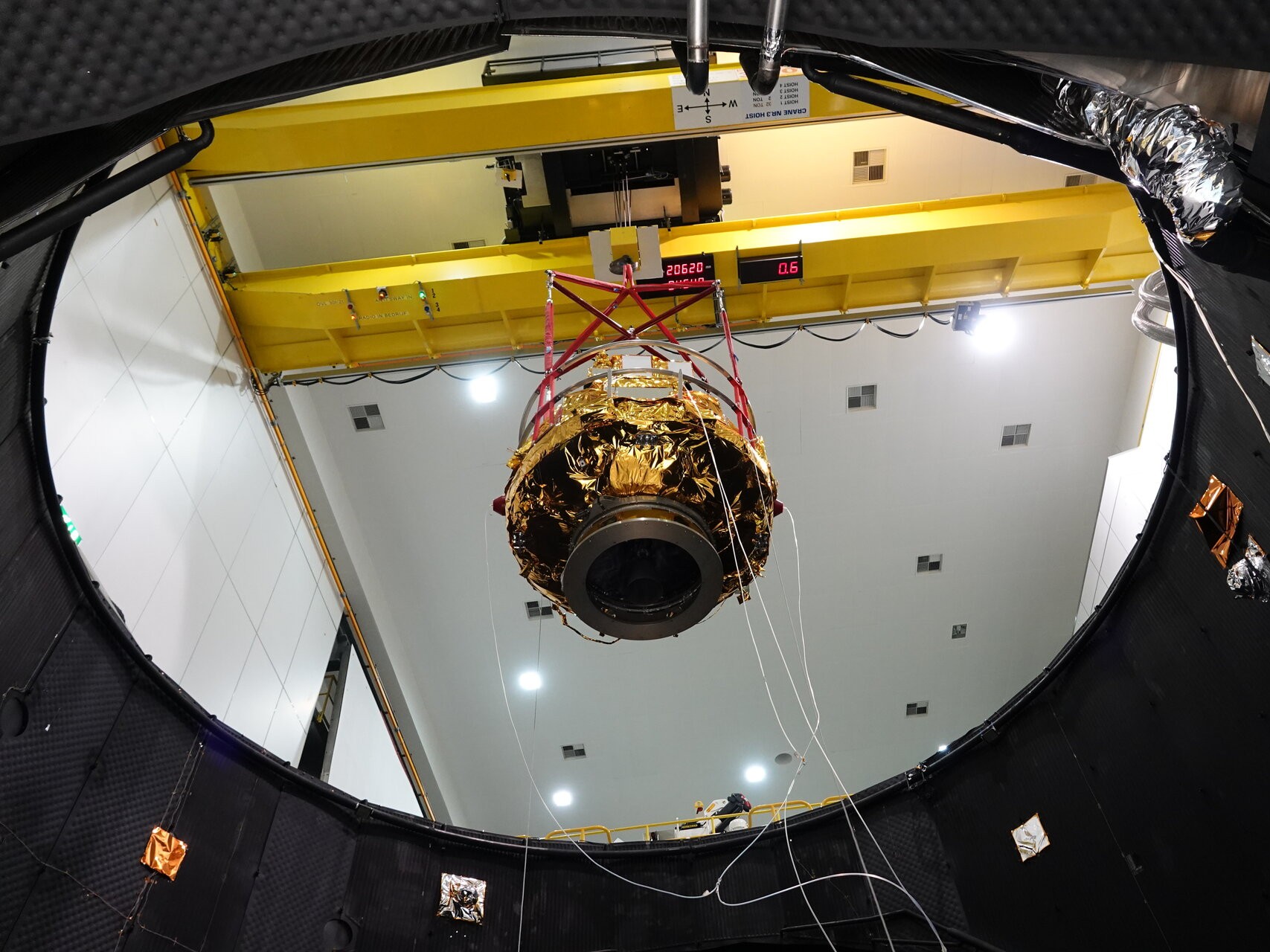The European Space Agency (ESA) has announced a groundbreaking mission aimed at providing a comprehensive understanding of how Earth reacts to solar radiation. This initiative is set to launch in 2024 and marks a significant milestone in space exploration and atmospheric science.
The mission, known as the *Solar and Terrestrial Science* project, will deploy advanced spacecraft to monitor and analyze the interaction between solar radiation and the Earth’s atmosphere. By collecting real-time data, scientists hope to gain insights that could enhance our understanding of weather patterns and climate change.
Understanding Solar Radiation Effects
Solar radiation plays a crucial role in shaping the Earth’s climate and weather systems. Despite its importance, the precise mechanisms of how solar activity influences these systems remain largely unexplored. The ESA’s mission seeks to fill this knowledge gap by providing the first complete observational data on this interaction.
According to ESA officials, the project will utilize state-of-the-art instruments to measure various aspects of solar radiation, including its intensity and spectrum. The data collected will be invaluable for researchers studying everything from climate models to predicting severe weather events.
The mission will involve collaboration with international scientific communities, ensuring that the findings benefit not only Europe but also countries worldwide. By fostering a global approach to this research, the ESA aims to enhance collective efforts in tackling climate-related challenges.
Significance of the Mission
The implications of the mission extend beyond mere academic interest. Understanding how solar radiation affects Earth can lead to improved predictive models for natural disasters, such as hurricanes and heatwaves. This knowledge is vital for developing better preparedness strategies and mitigating the impacts of climate change on vulnerable populations.
ESA’s Director of Science, Gunther Hasinger, emphasized the mission’s potential to advance our understanding of fundamental Earth science. He stated, “This is a unique opportunity to gather critical data that could reshape our approach to climate science.”
As the launch date approaches, anticipation builds within the scientific community and beyond. The mission symbolizes not only a leap forward in space exploration but also a commitment to addressing pressing global issues through collaborative research and innovation.
The ESA’s Solar and Terrestrial Science project stands as a testament to the importance of understanding our planet’s relationship with the cosmos. With the launch set for 2024, the world eagerly awaits the insights that will emerge from this pioneering endeavor.
